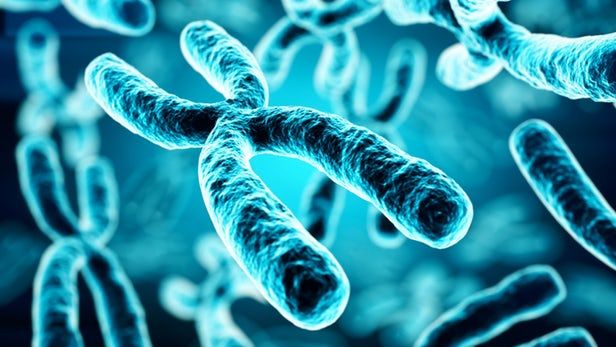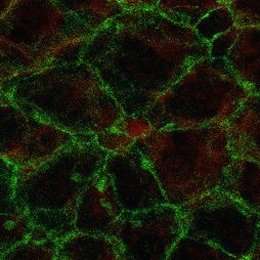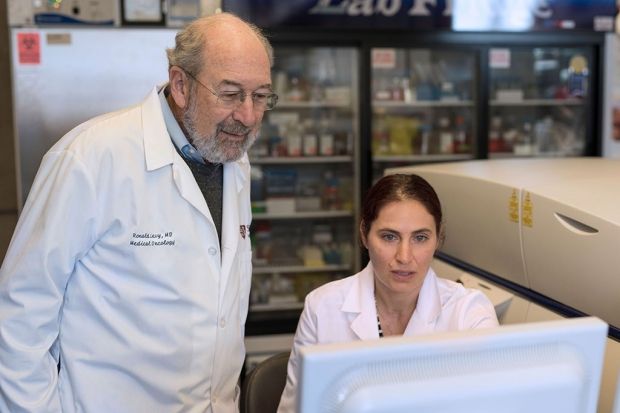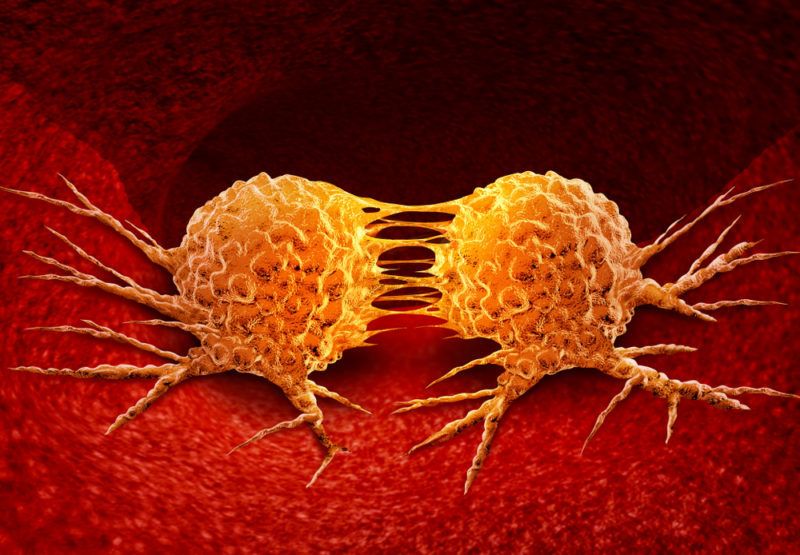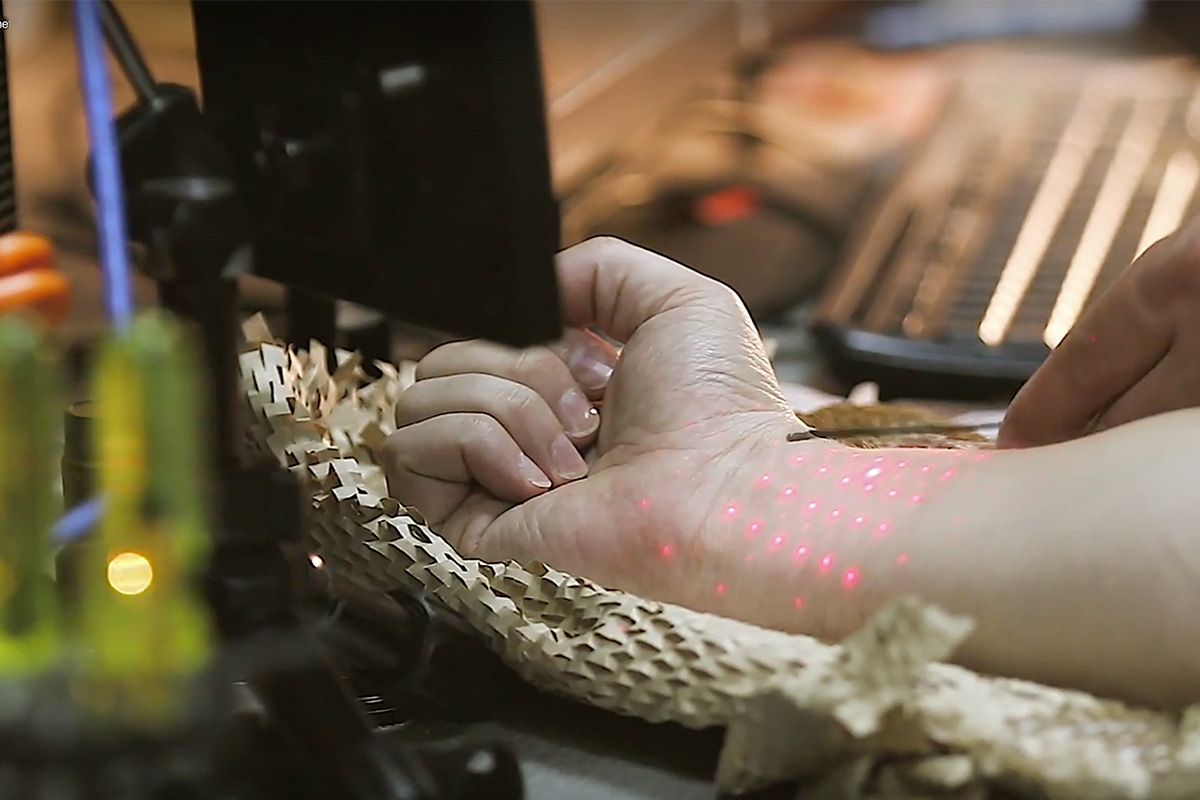Aurora Flight Services’ Autonomous Aerial Cargo Utility System (AACUS) took another step forward as an AACUS-enabled UH-1H helicopter autonomously delivered 520 lb (236 kg) of water, gasoline, MREs, communications gear, and a cooler capable of carrying urgent supplies such as blood to US Marines in the field.
Last week’s demonstration at the Marine Corps Air Ground Combat Center Twentynine Palms in California was the first ever autonomous point-to-point cargo resupply mission to Marines and was carried out as part of an Integrated Training Exercise. The completion of what has been billed as the system’s first closed-loop mission involved the modified helicopter carrying out a full cargo resupply operation that included takeoff and landing with minimal human intervention.
Developed as part of a US$98-million project by the US Office of Naval Research (ONR), AACUS is an autonomous flight system that can be retrofitted to existing helicopters to make them pilot optional. The purpose of AACUS is to provide the US armed forces with logistical support in the field with a minimum of hazard to human crews.
